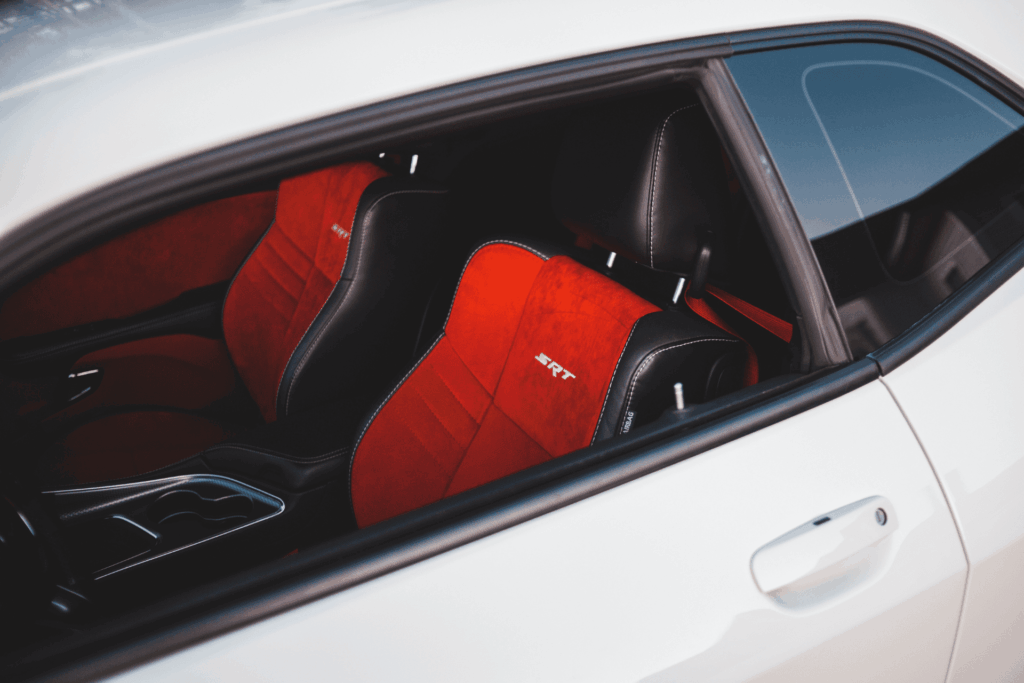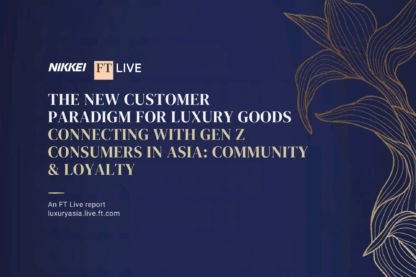Nowadays, technology, style, and consumer aspiration intersect. According to the report by Global Market Insights, “Luxury Car Market Size – By Vehicle, By Fuel, By Car Price, By Sales Channel, Growth Forecast, 2025 – 2034,” the global luxury car market was valued at USD 21.7 billion in 2024 and is projected to reach USD 42.1 billion by 2034, growing at a CAGR of 7.4%. This growth is fueled by an overall market expansion. Consumers now demand vehicles that combine performance, prestige, and cutting-edge technology, driving manufacturers to innovate and differentiate in an intensely competitive market.
Market Dynamics and Growth Drivers
The luxury car market is witnessing significant momentum, supported by both macroeconomic and sector-specific factors. Rising disposable incomes among high-net-worth consumers are expanding the market, while evolving lifestyle preferences favor SUVs and crossovers over traditional sedans. Technological innovations, including autonomous driving, retina recognition, personal voice assistants, and enhanced in-car entertainment, are becoming key differentiators for luxury brands. Hybrid and electric vehicles are gaining traction, supported by government incentives and stricter emission regulations. Emerging markets in Asia Pacific, MEA, and Latin America offer growth opportunities as luxury manufacturers target increasing affluent populations. Despite this, high vehicle pricing, limited EV charging infrastructure in developing regions, and ownership costs remain key challenges for market expansion.
Regional Insights
- Europe: Looking at the car market in Europe, it accounted for 33% of the revenue share in 2024 and will probably grow and exceed USD 15 billion by 2034. The leading country in terms of market expansion is Germany. It is expected to experience market growth up to USD 4.5 billion by 2034, holding powerful brands such as Mercedes-Benz, BMW, Audi, and Porsche.
- North America: The U.S. dominates demand for premium vehicles, particularly SUVs and sedans with advanced features, while Canada is witnessing a rising interest in environmentally friendly luxury models.
- Asia Pacific: Rapidly growing region led by China, India, Japan, and South Korea, driven by urbanization, rising wealth, government incentives, and local production initiatives.
- MEA and Latin America: The Middle East market is predominantly driven by high-net-worth individuals and affluent expatriates, who exhibit a strong preference for premium SUVs and sedans. while Brazil and Mexico show steady expansion due to improving economic conditions and increasing affluent populations.

Notable Market Players and Strategic Focus
- BMW Group: Known for integrating driver-assistance systems, advanced safety features, and high-performance engines across a wide range of vehicles.
- Ferrari: Focuses on exclusivity, limited production, high-performance engineering, and tailor-made personalization programs.
- Aston Martin: Offers vehicles that perfectly balance high performance with timeless design.
- Other notable brands: Bentley, Lamborghini, McLaren, Porsche, Rolls-Royce, along with major U.S. OEMs expanding into luxury vehicles.
There is an expected continuous growth, driven by the shift toward electric and hybrid vehicles, the adoption of smart mobility solutions, and increased consumer appetite for advanced technology and personalization. This era is marked by sustainability, connectivity, and performance.
WLCC Perspective: Tomorrow’s luxury automotive leaders will be those who focus on advanced technology and personalization in an autenthic way. Sustainability, intelligence, and regional resonance will mark desirability in ways heritage alone cannot.
Explore the complete luxury car market analysis here: https://www.gminsights.com/industry-analysis/luxury-car-market
Stay up to date on the latest luxury industry news: https://worldluxurychamber.com/insights-news/





